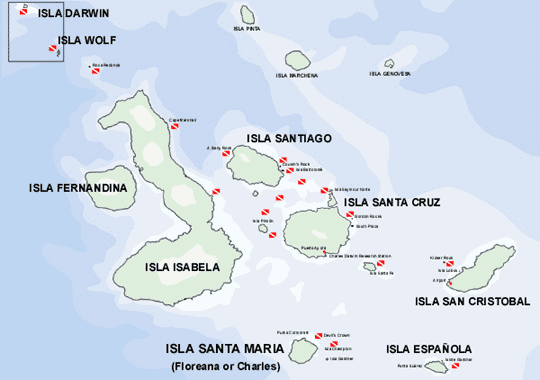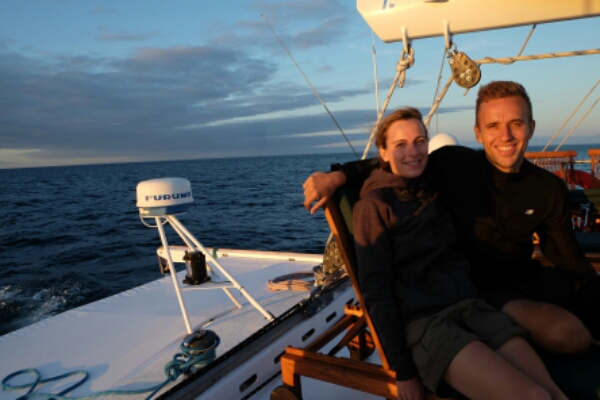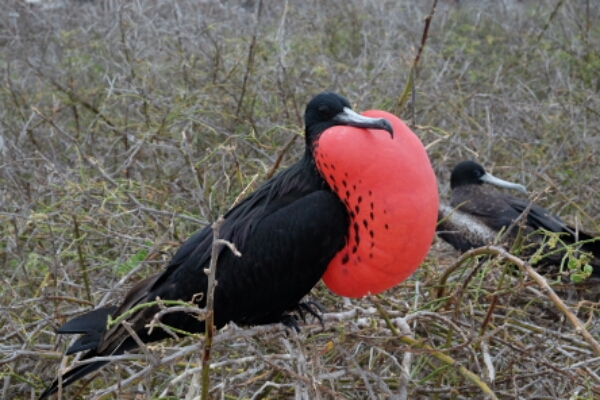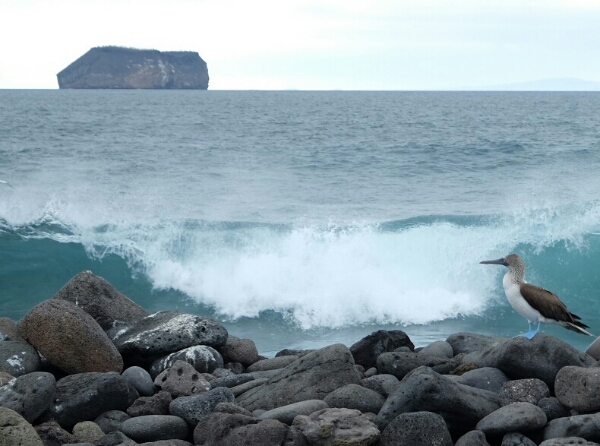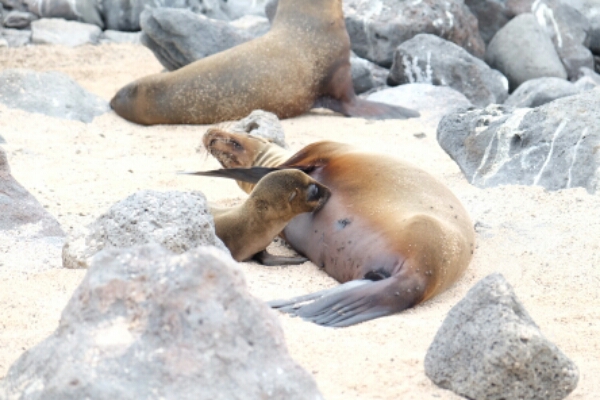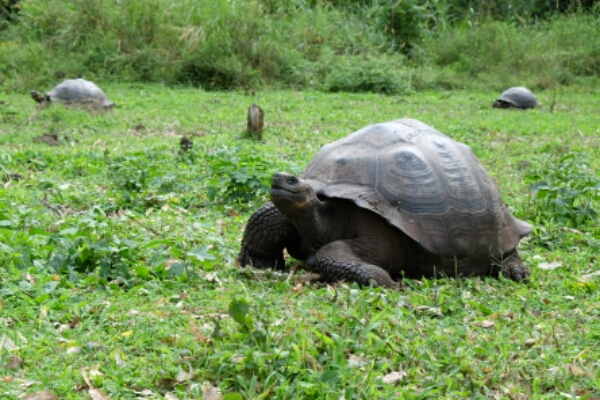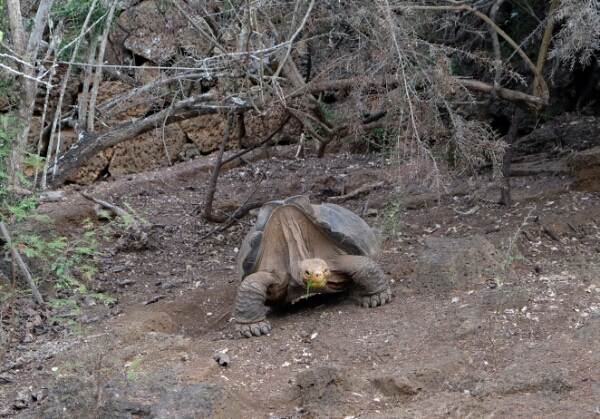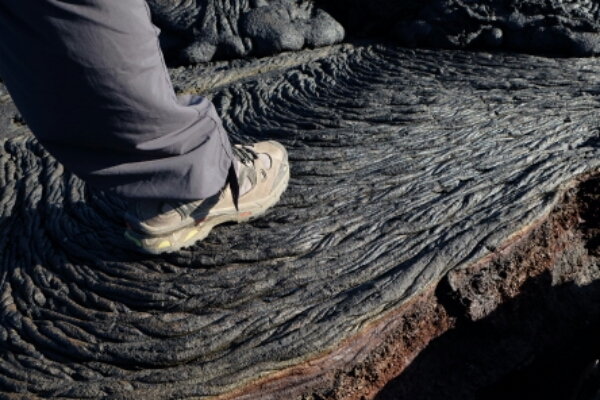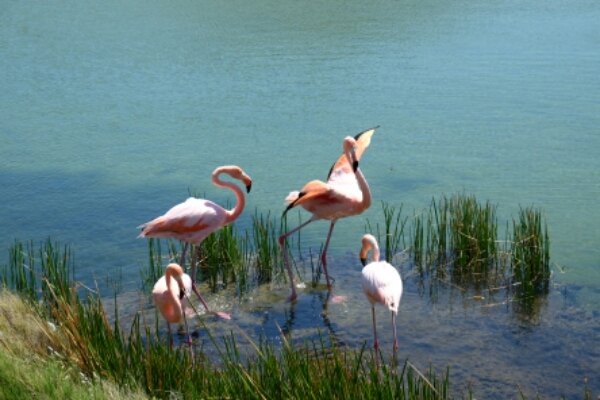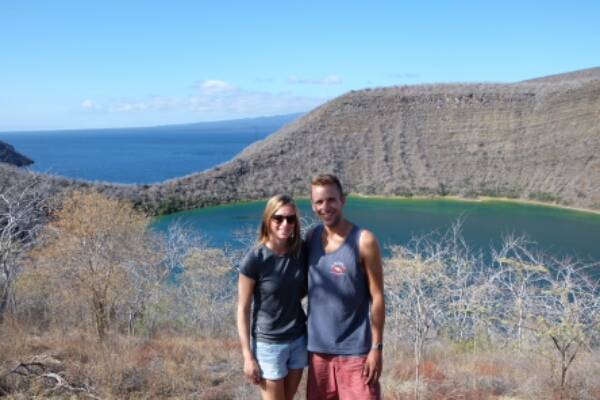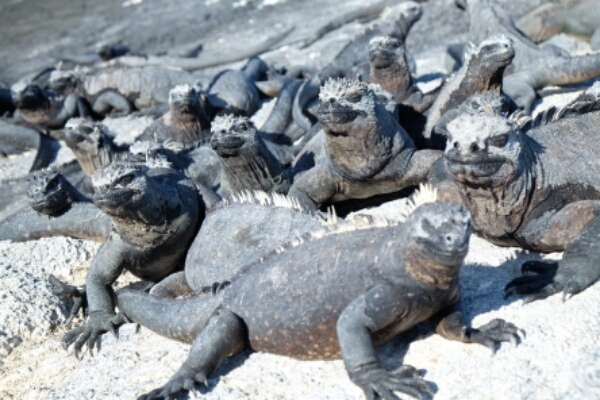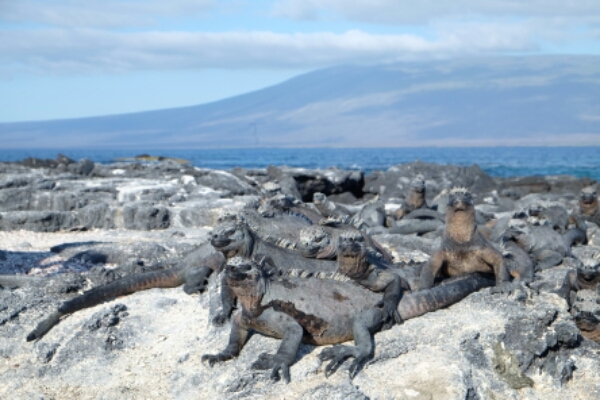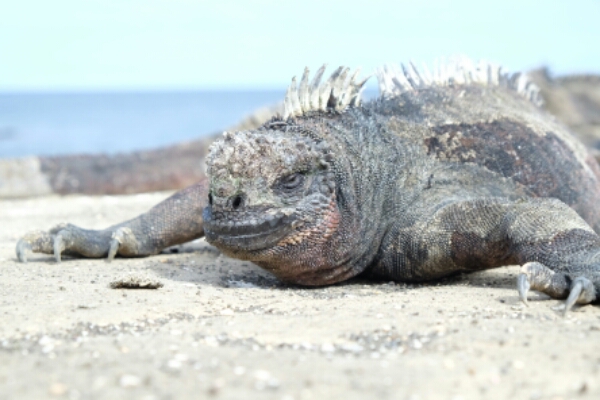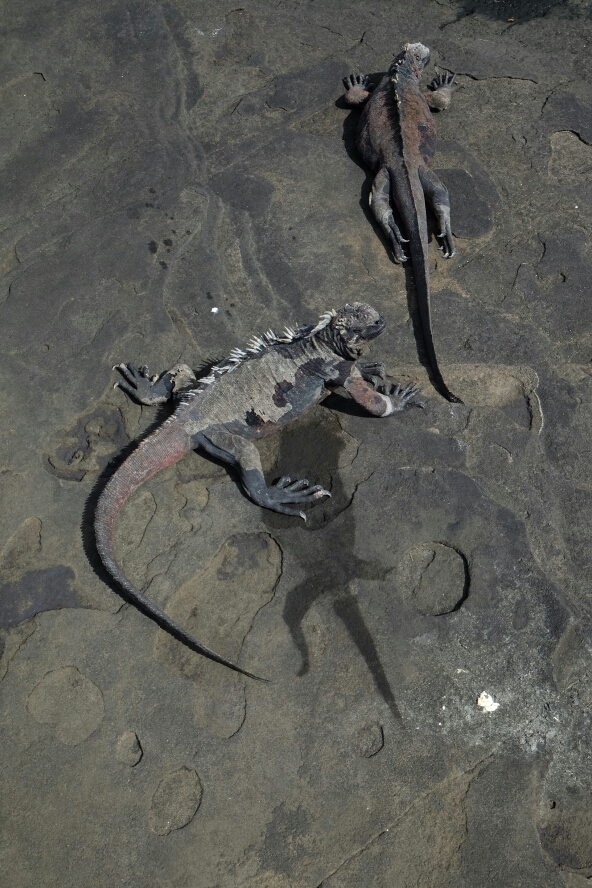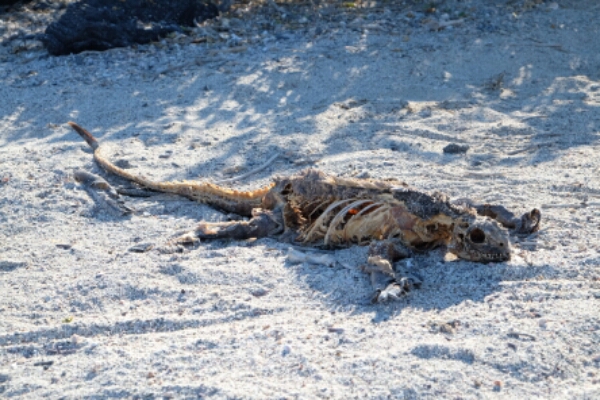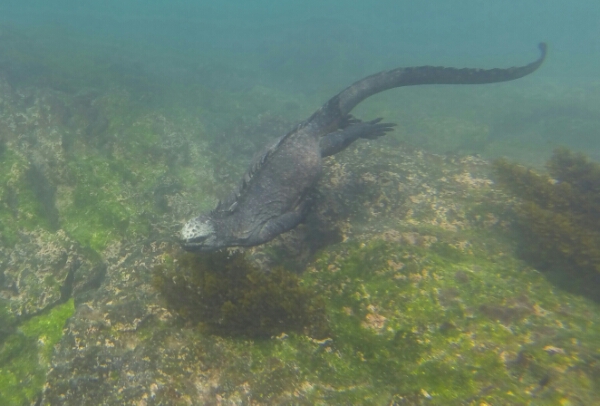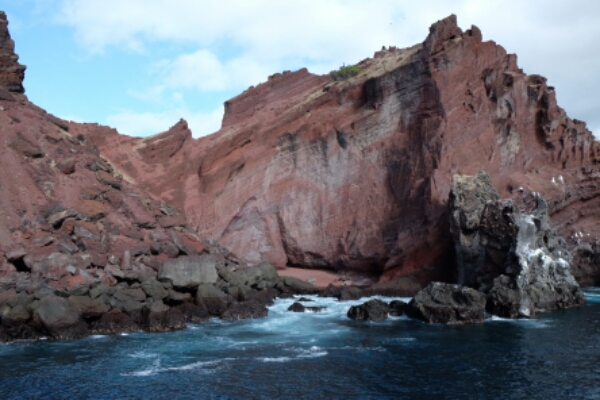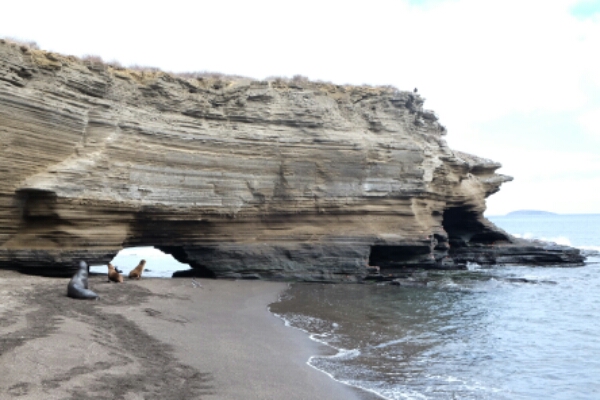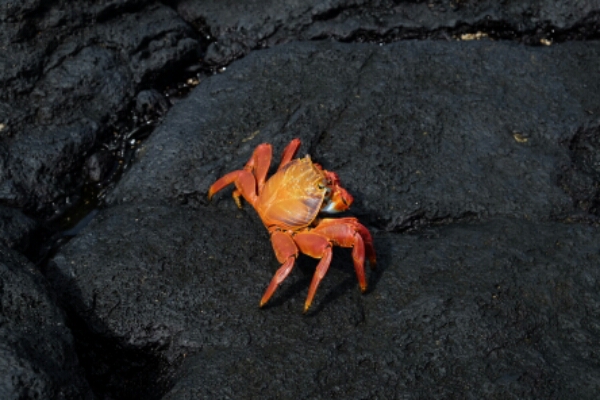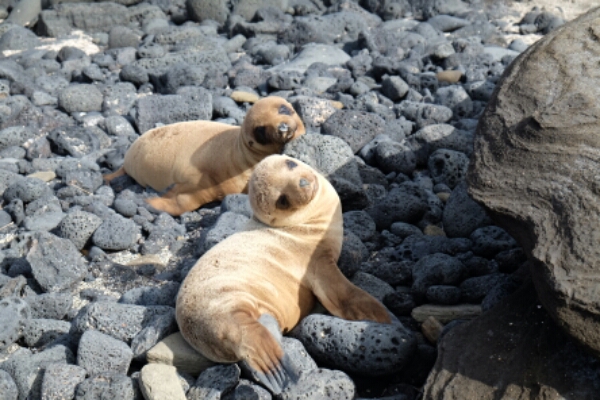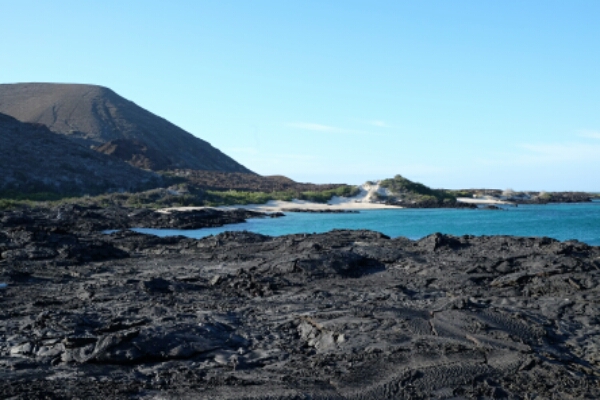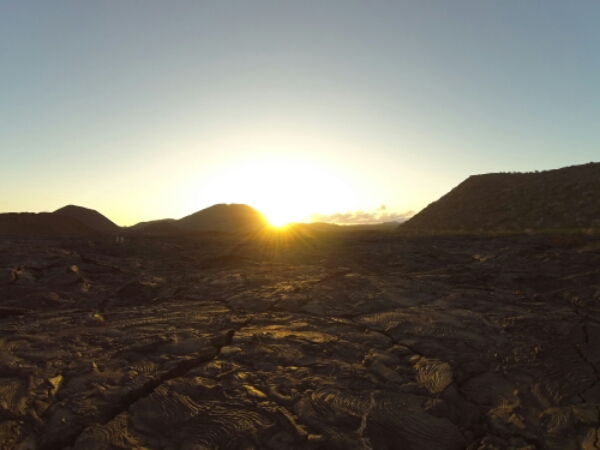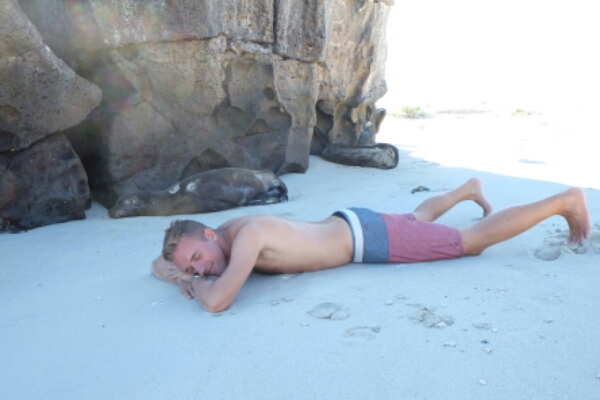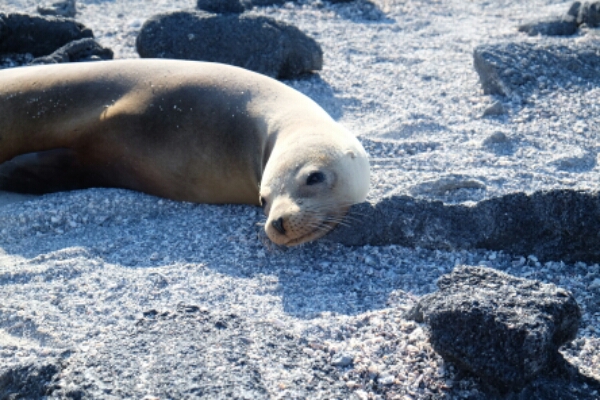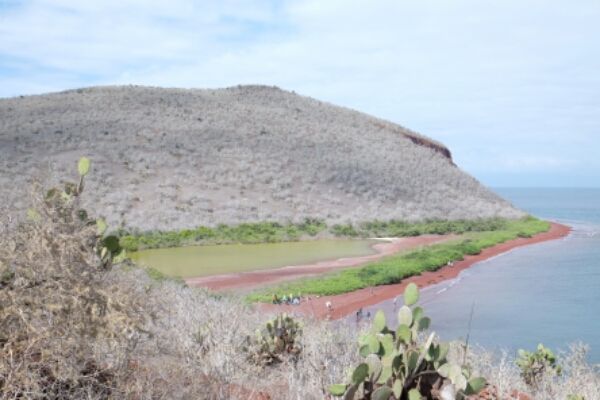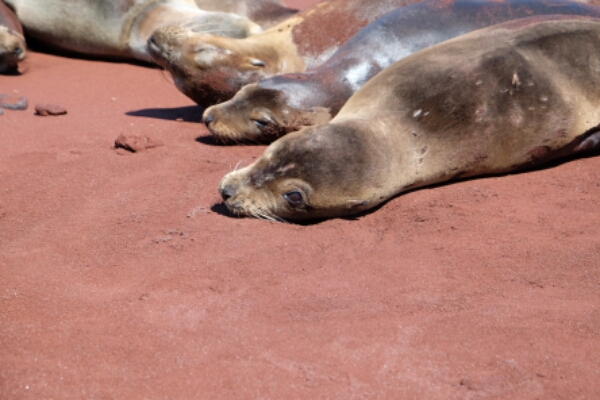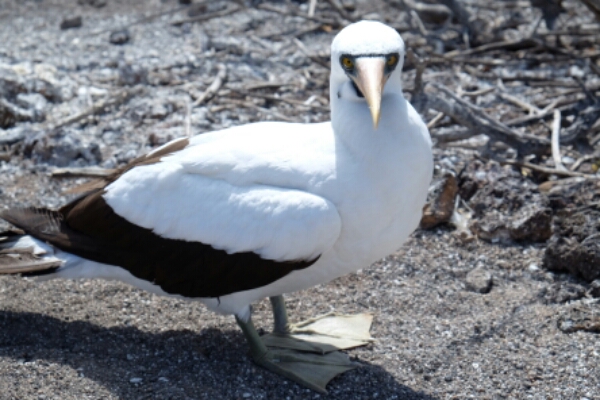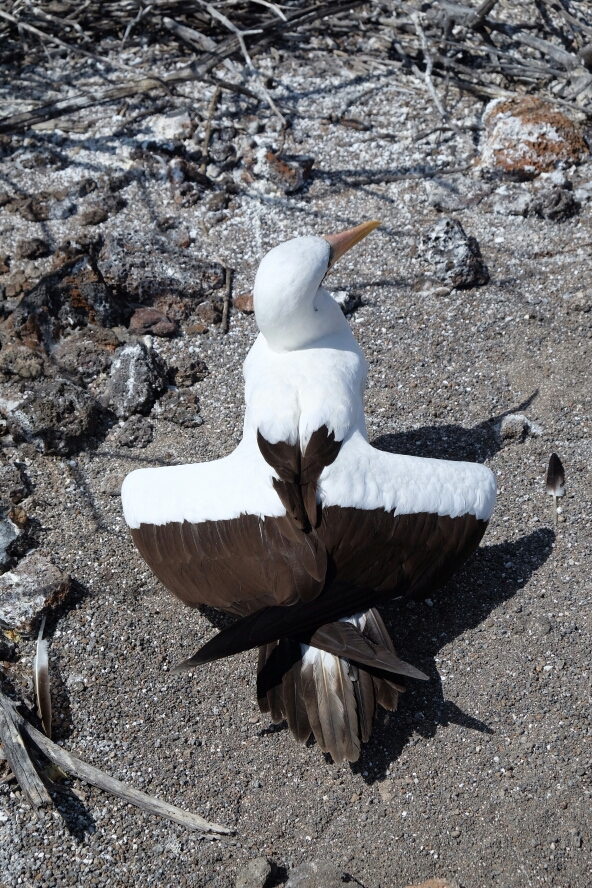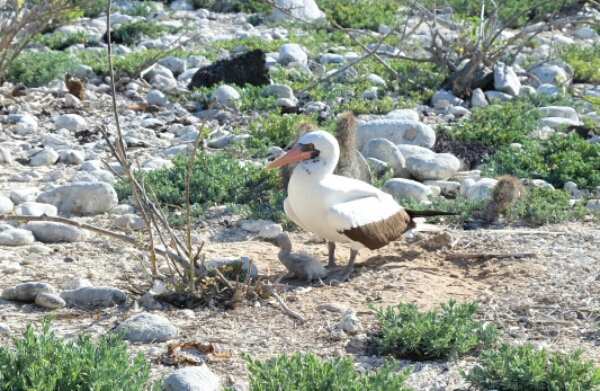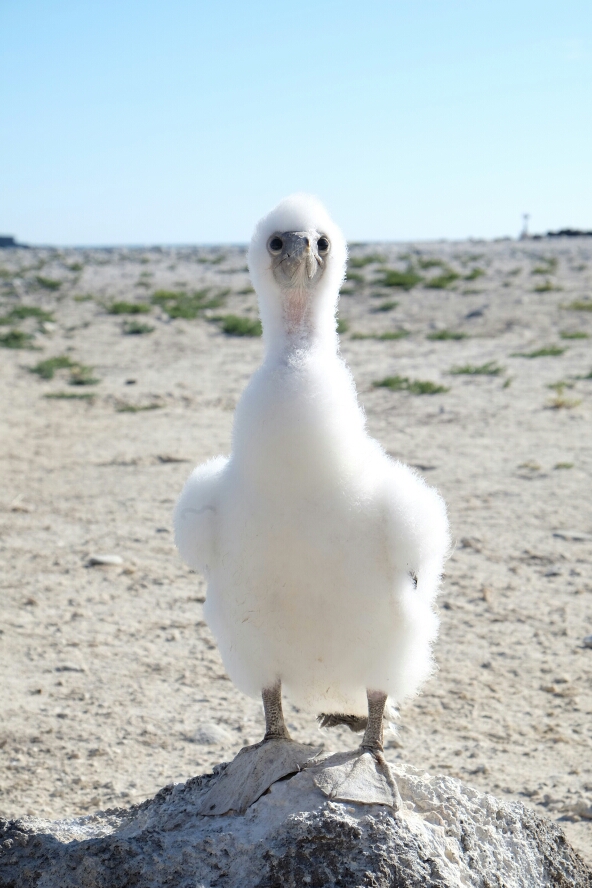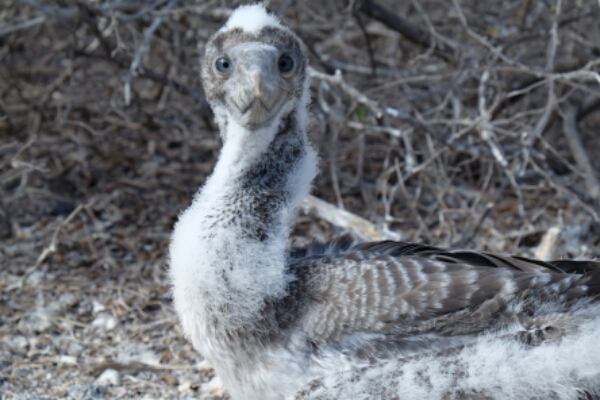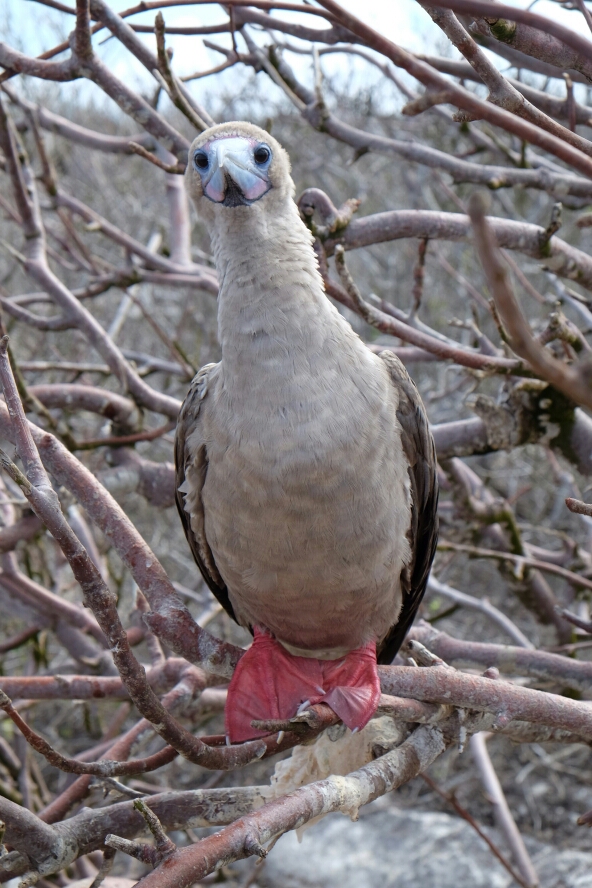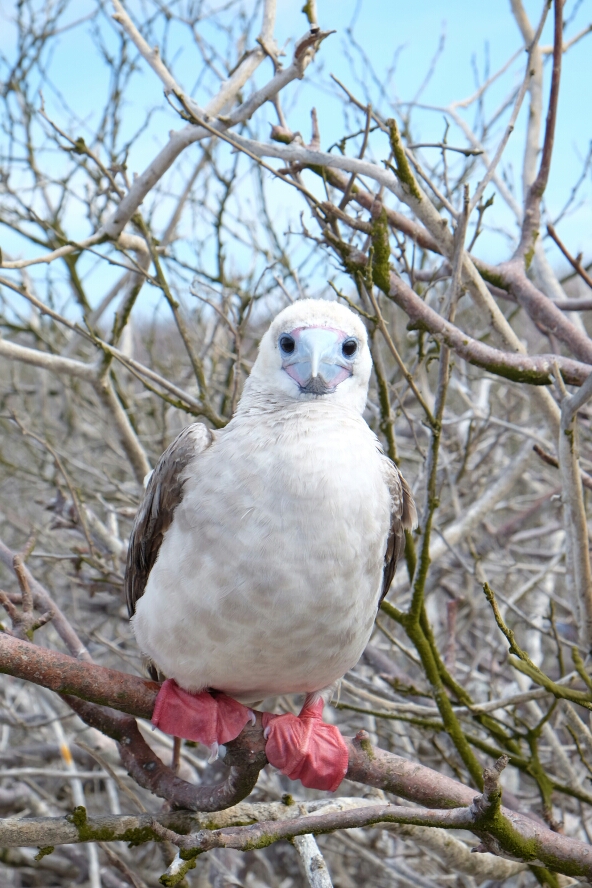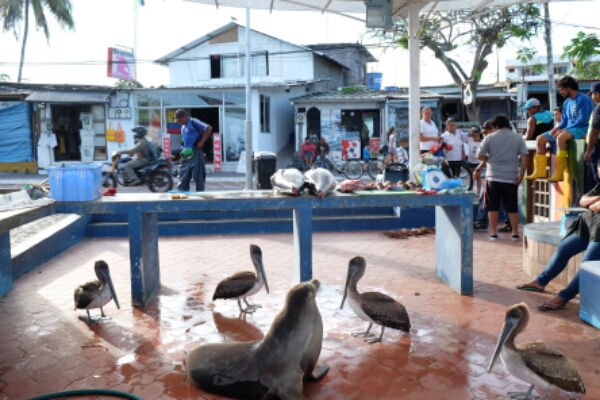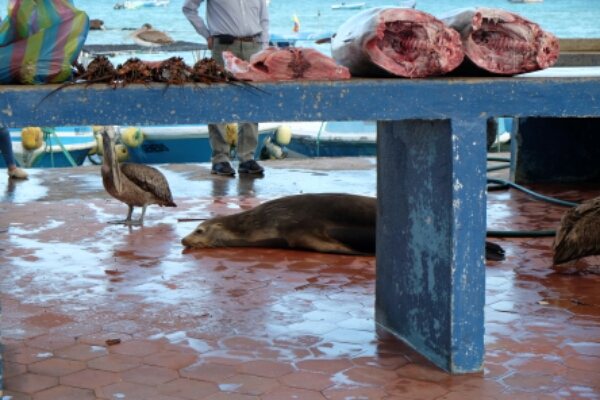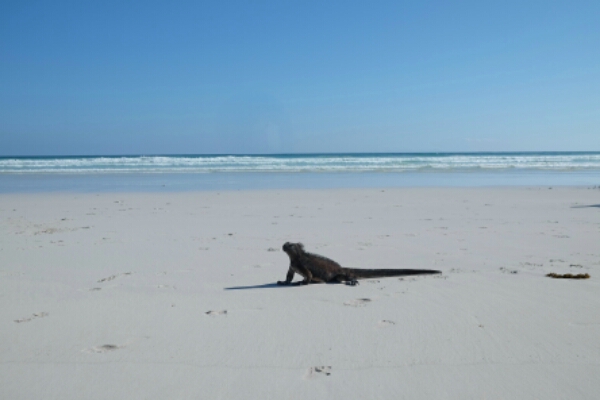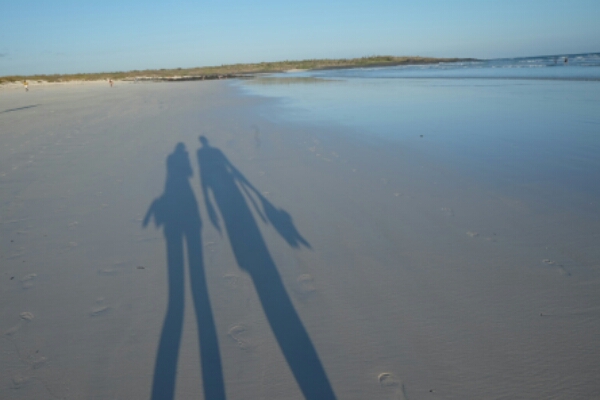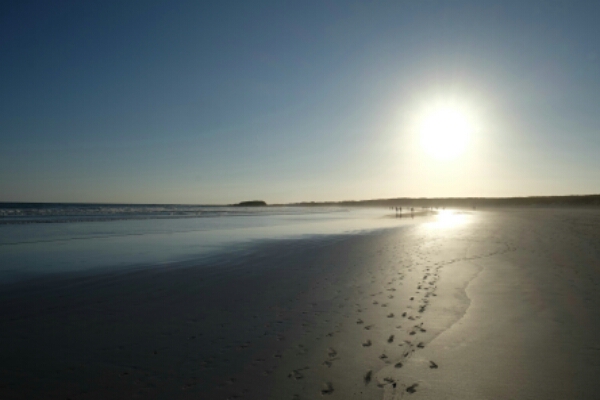Blog Archives
Ecuador II – Galápagos
We normally keep a tight ship with the travel budget, but once we got to Ecuador, the proximity to the Galápagos twisted our arms until we said…stuff it, let’s just go! Growing up being enthralled by nature documentaries and basically animals in general, it was a real dream to be able to go and experience it first hand!
The Galápagos are made up of about 13 main islands that sit 1000kms off the coast of Ecuador on top of a three-way tectonic plate junction – hence all the volcanic activity. It’s a crazy place because in the scheme of things, the islands are fairly young, and the animals living there have generally developed apart from human influence or that of any other large land-dwelling predators. As a result, the animals are really not afraid of people and in fact in some places we had to be really careful not to step on sleeping iguanas, birds nests or sea lions!
We really wanted to do a liveaboard dive cruise, but they are ridiculously expensive, so chasing last minute deals from Quito, we settled on a normal non-diving cruise doing the northern route. It is also possible to visit Galápagos via land staying in hostels and getting ferries between the islands, but we wanted to make the most of the time to see as many islands as possible, get to remote spots, and as a plus on the cruise you have a local naturalist guide for the whole trip.
On our first day, we visited North Seymour Island to see the frigate birds, blue-footed boobies, land iguanas and the first of many many sea lions. The frigate birds are pretty cool, not only do the males have crazy red throat sacks for attracting their mates, but they eat fish without ever getting into the water! Basically, they either catch flying fish, or they practice kleptoparasitism…bullying other birds to force them to release or even regurgitate their food – gross! Anyway, the first day was a bit of an overload, animals and photo opportunities everywhere but we were soon convinced that this was only the beginning.
On Santa Cruz Island, the main attraction was the famous Galápagos tortoises. We went out to a farm in the highlands where they are roaming all over the place and in fact the farmers have had to raise the lower rung on their fences to allow the tortoises to pass without wrecking their fences! These guys may be slow, but they’re strong – they can weigh up to 250kg with the shell itself being approx 50kg!
We also visited the Charles Darwin Research Station, which was the previous home to Lonesome George, the last giant Pinta Island tortoise who died at the grand old age of 100 in 2012. Since losing a few of the unique species of tortoises to extinction (they were apparently great for food and lamp oil in the 17th-19th centuries), the research stations breeding programs retreive eggs and raise the little tortoises for 2 – 5 years before releasing them back to their original habitat.
After a rough night of motoring which resulted a lot of dinner being left uneaten (no-one told us it would be soo rough!), we woke up on the west side, by Isabella Island. This was our favourite day of the trip!! In the morning we wandered across harsh, dry lava fields with a small brackish lagoon in the middle. You wouldn’t think anything would be able to live there, but there’s a family of elegant pink flamingoes.
Then in our first snorkelling session at Urbina Bay we saw an amazing variety of interesting creatures! To start with the sea lions are like dogs with their huge inquisitive eyes are playful nature, we could have spent hours blowing bubbles and playing with them, but there was more to see. Galapagos Penguins, zoomed by us while fishing, turtles cruised by at a much more relaxed pace and the Flightless Cormorants swam around underwater chasing small fish and checking under ledges for octopus.
The highlight of Fernandina Island were the marine iguanas. In response to the harsh, dry conditions on the island, these guys evolved from the land iguana to swim and eat marine algae. However because their bodies still can’t handle ingesting such large quantities of salt, they spend their days basking in the sun and spitting it out their nostrils. Imagine the show with more than 20 iguanas per square metre.
On the following days, we visited Santiago and Rábida Islands taking in more and more diverse landscapes and animals, including visits from whales and dolphins while on our way there.
The most striking feature of Isla Rábida is the red sand beach which is a result of the high iron content of the lava there. There were also plenty of sea lions lolling on the beach or wanting to play fetch with sticks in the water. While snorkelling there we also saw our first shark, a Galápagos Shark, which a sea lion proceeded to chase away so it could stay the centre of attention.
.
For the last island visit of the cruise we were taken north (another whole night of motoring) to Genovesa Island to see the Nazca Boobies, Red-footed Boobies and Tropic birds. Due to the lack of land based predators on the island, the birds nest on the ground or on low bushes. The mother birds were mostly all out fishing leaving the fluffy white babies behind to fend for themselves. Sadly, we saw a couple of cases where the mother didn’t come back, and they died of starvation waiting. However, most of the little ones were really inquisitive, staring at us with their beady eyes hoping we might deliver them some sort of fishy meal.
After an amazing seven days on the seas, we were dropped back at the airport with wobbly legs. We made our way to Puerto Ayora on the south of Santa Cruz where we had organised an airbnb stay and a few scuba dives. With an afternoon to kill before the dives the following day, we walked out on a trail through national park to Tortuga Bay, and unexpectedly came across the prettiest beach of the trip so far! It had beautiful flour like white sand, turquoise water and for Galápagos novelty effect, marine iguanas strolling along the beach and swimming in the waves.
Five ocean currents converge at the Galápagos islands. The Equatorial, Cromwell, Humboldt, and Panama currents create variable water temperatures and unpredictable tides in the area resulting in a unique marine life. What really attracted us was a chance to dive with some big creatures, especially hammerhead sharks and it didn’t disappoint.
After a 2.5hr boat ride to Floreana Island, complete with people spewing over the side, we were treated to banks of endemic black striped salema (they surround you like a funnel), schools of barracuda, whitetip reef sharks, sealions, seahorses and nudibranchs. The current was so strong it was like diving on fast forward when going with it, a real workout swimming into it or like being in a washing machine when we held onto a rock for a rest or to get a better look at something.
Gordon Rocks is one of the famed dive sites for spotting hammerheads and a school of about 25 were roaming about when we were there. Luckily, thanks to the abundance of food in the Galápagos, they just swam right by us totally uninterested. They weren’t as big as we had imagined them, between 2.5 to 3 metres, but they’re the smallest out of the 5 different hammerhead species. Still, we will always treasure the few minutes we were hovering among them, staring at their routine laps around Gordon Rocks.
While in some parts of Galápagos we found the walking paths and allowed areas on the islands a bit restrictive, when you realise it’s for the protection of the animals, their eggs or nesting areas it makes sense. I think the best way to describe the experience of visiting Galápagos is that it’s like being on the inside of a zoo! It was a dream come true and definitely worth the extra expense. We’d go back to do the South route in an instant, but for now it’s back to budget and onwards to Perú!
Love Xavi & Sal










































